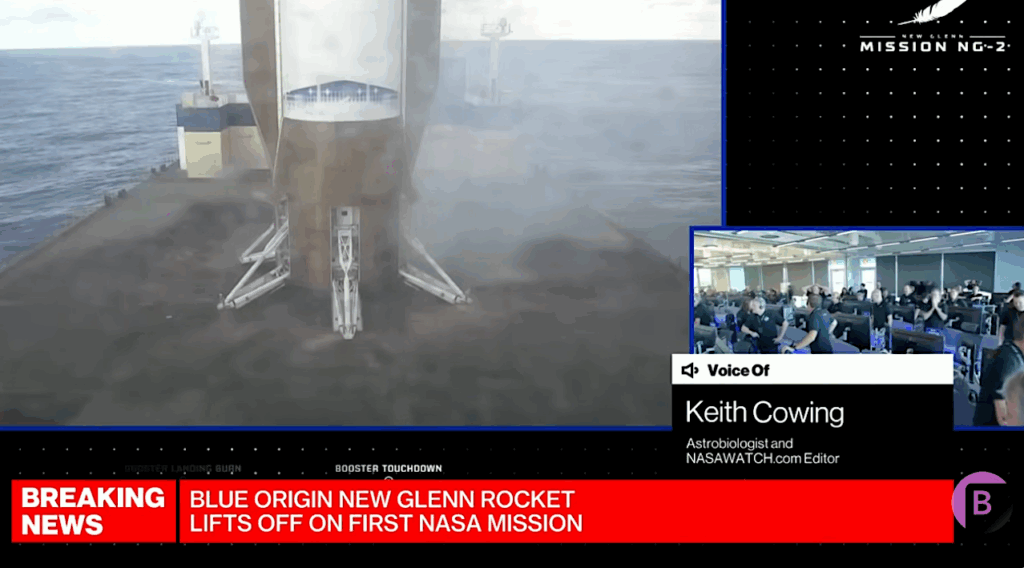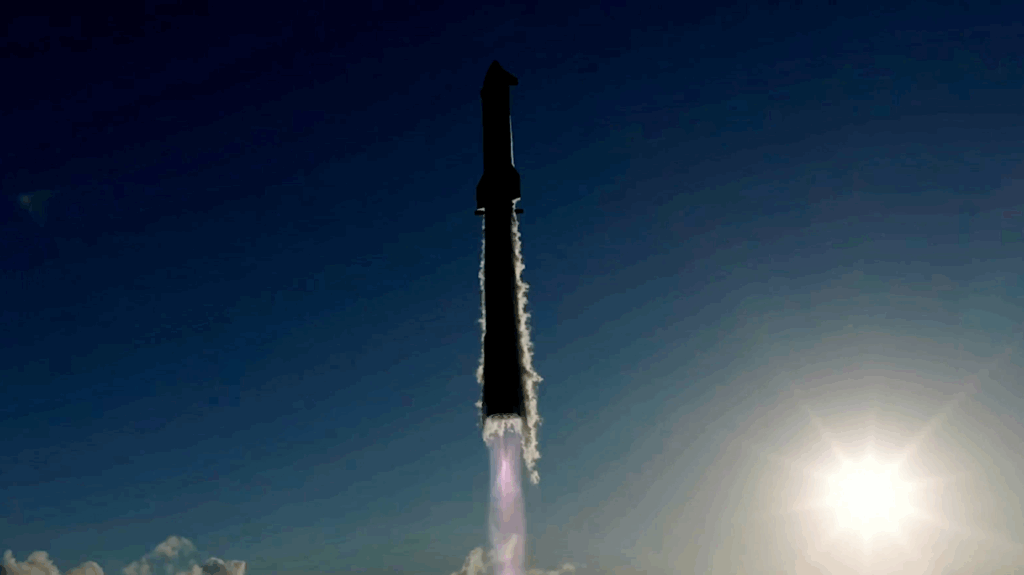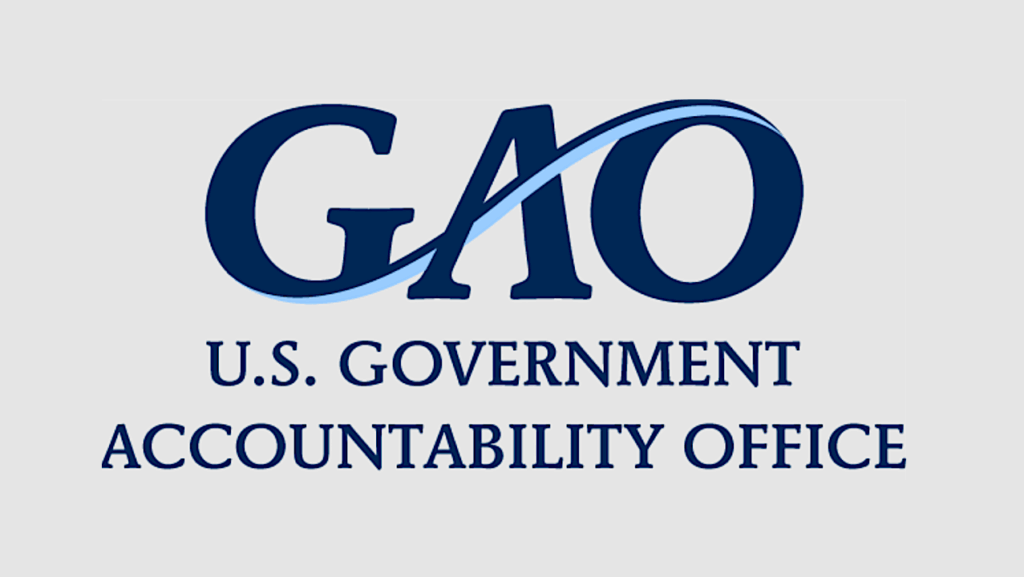New Space Vs Old Habits
 NASA views “new space” with hope, support — and wariness, Houston Chronicle
NASA views “new space” with hope, support — and wariness, Houston Chronicle
“The ruthlessness of Musk and SpaceX bend toward a singular goal, to drive down the cost of access to space. And it’s working. NASA paid SpaceX a relative pittance, less than $400 million, for the Falcon 9 rocket and Dragon spacecraft that’s now supplying the space station. NASA estimated it would have cost the space agency four to 10 times as much to do the same thing. Musk is also building a massive rocket, the Falcon 9 Heavy, which could fly three years earlier than the heavy lift rocket NASA is building, the Space Launch System, and may deliver cargo to orbit at a tenth of the cost. For Musk, however, these are just baby steps. He, too, wants to build reusable rockets. “What SpaceX has done so far is evolutionary, but not revolutionary,” Musk said earlier this year.”









The wariness that so many of the NASA people regard newspace with is mainly because so many of the NASA people (1) have never designed, built, certified or flown real space hardware, and (2) because they have seen 25 years of contractor led efforts which taught them that “Space Is Hard” (almost insurmountable), and expensive (but only because the main job of those contractors was to take as much money from the taxpayer as possible).
We frequently hear the current crop of NASA managers on Orion saying “space is hard”, and yet for some reason Orion is the same or more antiquated technology than Dragon or CST bu taking billions of dollars and probably a decade longer to develop.
We saw 10-20 years ago that when we wanted to build, test, certify and fly hardware on Spacehab, which was a commercial forerunner of NewSpace, that it could be done relatively simply, easily and quickly; we could fly hardware within hours or days; but if we wanted to put the exact same hardware on the Shuttle, it took months, tremendous amounts of money, and the NASA management was scared to make any such late manifest changes, I think because they felt such changes would somehow upset the balance of the universe.
Listen folks, you can make space as difficult and expensive as you want. Twenty five years ago, 40 years ago, 50 years ago, NASA selected the tough jobs because they knew it would challenge the technology and serve to measure the best of our energy and skills. Now NASA runs from challenges because of fear of failure.
You are exactly right. The goal has shifted from “go to space” to “suck out every dollar we can get from Congress.”
I used to have dreams about our space program. Now I have nightmares.
Got news for you–each and every government contractor that conducts business for the U.S. government is precisely in the business to “suck out every dollar we can get from congress” no matter what service they provide.
The difference between the government and the private sector is that the government can force you to buy its product, so it’s under no pressure to improve – or even be adequate. SLS will be a load of junk, years late and billions over budget. Everyone this side of Helen Keller can see that already.
Any private sector company has competition, so they have to do a good job. It’s unfortunate that some people’s universe only extends to government contracts.
Yes, I agree with you on that.
Berger’s article does capture the moment we are in, uncannily well. I’ve had the chance to see the situation evolve since back in the heady days of those fantastic Shuttle launches. And yes, “space is hard” sounded about right to me, way back, at first, but I realized over time that people were hiding behind that thought to avoid doing what was really hard, to avoid doing what they just didn’t really want to do.
I still can’t see how we stumbled into this world where huge gains, like the cost and competitive achievements of SpaceX (with NASA), with “a singular goal, to drive down the cost of access to space” has become such a target of insult from so many within NASA. I can list endless thoughts about how we got here-most about an existing order of NASA and industry primes trying to avoid change, at any cost, purely for reasons of holding on to control, power.
The exploration mission? Not really on the radar, except as necessary window dressing. Costs? Oh boy, that’s something to avoid discussing with an almost phobic, near psychotic aversion. (It doesn’t help that Gerst threatens consequences to anyone daring to add-up or do any long term analysis on costs, anything longer than the months budget actuals). Safety? Something to finesse, with fanciful party lines (or lies) lacking substance. Safety people-keep your heads down and the crayons moving. Measurable, significant mission safety improvements cost lots of money to improve using traditional processes and primes, so here too the programs will do the absolute minimum, mostly avoiding any substantial discussion or improvement goals.
The more time passes, the more I see the validity of viewing large programs like SLS and Orion as somewhat like a crook who’s been released from prison. The crook has pondered many lessons during his jail time. All these lessons? All about how to avoid getting caught the next time. And that’s SLS and Orion under Gerst, with Gerst applying all these past lessons (like from Constellation jail time) trying to avoid being caught, while still repeating the same old scam.
In my opinion this is probably the most direct, accurate, and best post ever on Nasa Watch.
You slayed em’ James!
SpaceX is set to launch 12 Cargo Dragons/Falcon 9. That’s the same number of rocket and capsule launches as the Gemini program. Counting the test Dragon launches, it’s even more than the Gemini program.
No, the Gemini-Titan (Titan II) rocket had several launches before. Even in the good old times when a risk of one out of five will die was good enough they did not dare to use a rocket for humans without testing,
There were 12 Gemini-Titan II launches period. Two unmanned and 10 manned. Earlier Titan II launches were weapons tests of the missile and were not man rated tests.
Agreed. This wasn’t clear to me when you originally said “That’s the same number of rocket and capsule launches as the Gemini program.”
No, the Gemini-Titan (Titan II) rocket had several launches before
No, only 2, as Antilope and Jeff point out.
The first, Gemini 1, was essentially a boilerplate unit filled with ballast and holes drilled in its heatshield so it would burn up. The capsule was left attached to the second stage.
Gemini-2 was a simple suborbital flight to test the heatshield.
The first actual real flight was the crewed Gemini-3.
NASA had brass ones back then.
http://upload.wikimedia.org…
The Gemini-B suborbital test roughly at the same time as the last NASA Gemini mission in Nov 1966:
http://upload.wikimedia.org…
Still, I find the Gemini analogy made by Antilope rather interesting. The wiki on Gemini places costs at $7.3B in 2010 dollars. From a knowledge perspective though – the challenge is how to make an effort that was once the domain of only affluent, advanced, national-scale levels of effort integrating people and knowledge, into efforts that are achievable with smaller teams taking advantage of advances in development and manufacturing of complex technology since then. The poster children of working to this challenge today is in the SkyBox’s or the SpaceX’s, while NASA shies away even from the notion such advance is possible, or even desirable.
The Titan II ICBM and Satellite Launcher had a number of flights. The Titan II GLV flew 12 times.
A real nice chart of all launchers pre-1970:
http://upload.wikimedia.org…
Nice. Those first few launchers weren’t too hot. Makes me wonder why they kept the Atlas name around.
Gemini (NASA) flew two unmanned test flights followed by 10 manned missions.
But, many people forget that there was one additional USAF Gemini mission which was a re-flight of the Gemini 2 spacecraft. The flight was primarily to test reentry with a hatch in the heat shield, which was one of the main differences between NASA Gemini and the USAF Gemini B which was to be used in the MOL program. On this flight, the modified Gemini capsule flew on top of a MOL mock-up and was launched by a Titan IIIC-9 from LC-40.
It’s interesting to note that LC-40 is the same location that SpaceX uses today to launch Falcon 9 from Cape Canaveral Air Force Station.
The Gemini and MOL programs conducted 13 launches of 12 capsules. The Gemini 2 mission was sub-orbital and on it’s second launch on the Titan III / MOL mission it was also sub-orbital. The Gemini 1 capsule was launched into orbit and not recovered.
NASA has a tendency to regard SpaceX and the others as competitors to “our” system, the SLS/Orion. There are two problems with this. First, NASA’s original mission is to support the commercial aerospace industry. NASA is treating its biggest customer like the enemy. Second, the SLS/Orion is based on 40-year-old technology. It cannot possible compete with the new generation of launch vehicles, not just from Newspace but from ULA and PWR as well.
What parts of the Orion are 40 year old technology? Also Dragon uses technologies which are that old, but still valid. Is there a exact point where Orion is lacking innovation and would perform better if the design uses other technologies?
He wasn’t referring just too Orion:
“t cannot possible compete with the new generation of launch vehicles”
I assume he is commenting on the old impressive but fabulously complicated and fabulously expensive cryogenic engines as compared to modern low cost and reusable (not just refurbishable) engines, As to Orion, offhand, the shape was apparently chosen because the vast wind tunnel, computational, and operational experience from Apollo CM was there for the taking. Unfortunately, scaling that up is actually quite inefficent and has led to various headaches (including among others, mass, diameter, volume, heat shield, etc)
Also, water landings are definitely 1960’s and carry some serious baggage.
Interestingly, the dragons harken back more to the Gemini/Mercury shape, which is more space efficient and rely on a modern high performance heat shield to compensate for the lessor area.
“Orion is based on 40yr old technology”
Facts please, other than its a capsule!
Reusing the Apollo CM’s aerodynamics is without question forcing 21st Century function to follow the form of a 1960’s era spacecraft. If one of your goals is to maximize the interior volume (astronaut comfort) for a fixed diameter, this certainly isn’t the best shape to choose.
” NASA estimated it would have cost the space agency four to 10 times as much to do the same thing, and then the program would have been killed for political reasons after the first flight.”
There, I fixed that sentence for you.
I disagree that the Boeings and Rockwells had no other mission than to suck all the money they could out of a contract, they had help from NASA to ensure that all the money was used. The very nature of previous contracts required significant involvement by the NASA marching army, tweaking designs, offering “suggestions” that had to be researched and documented prior to being rejected. Sometimes it seemed that they would look for some minor issue to get involved with to avoid being bored. Their “help” slowed progress and increased costs tremendously. Since Elon was only supplying groceries, in-depth review of his engines and failures doesnt interest them. BUT there is still a marching army at NASA that needs something to do, and they will infest any new program and increase costs dramatically.